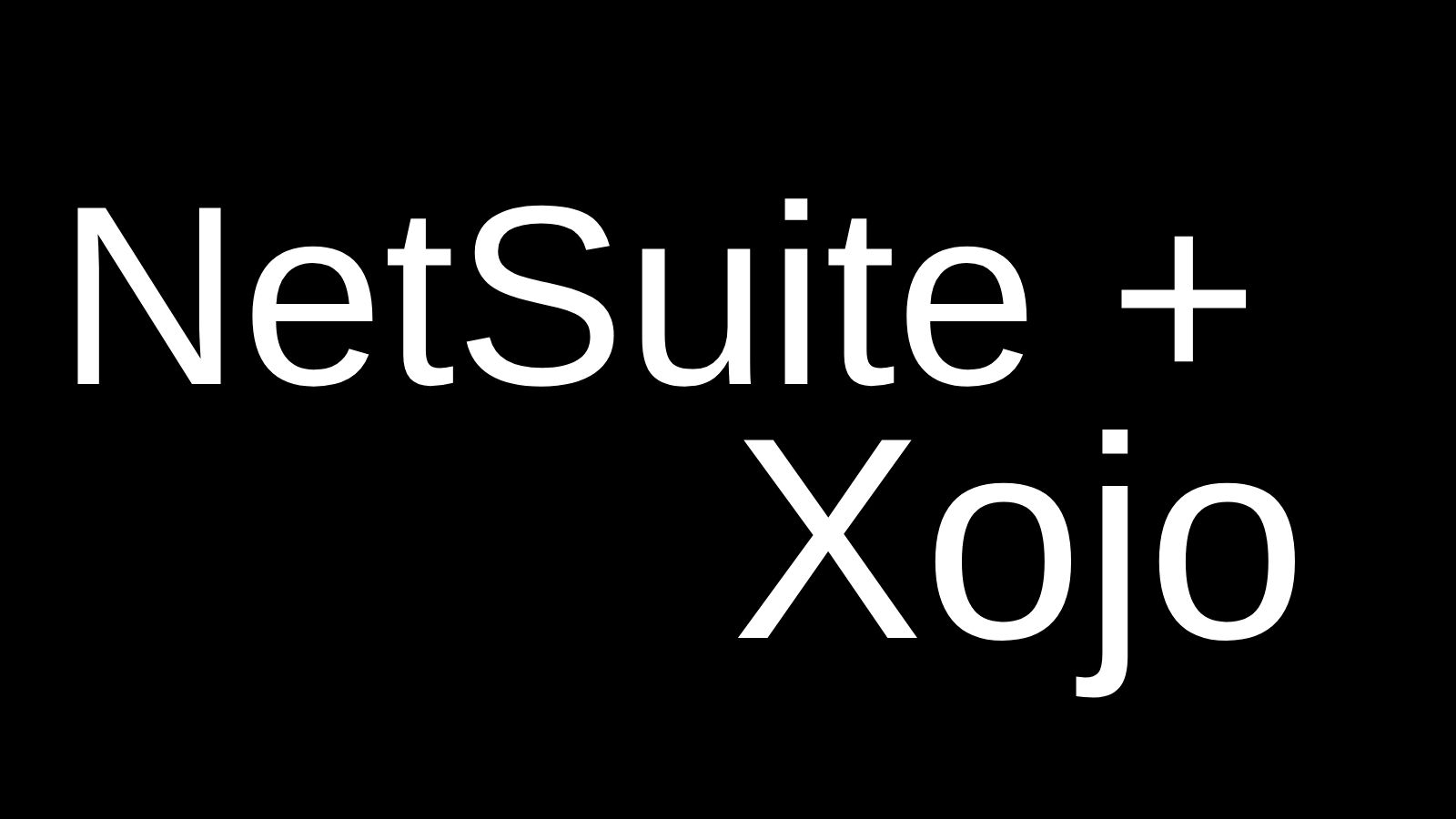Xojo MVP Anthony Cyphers has been using Xojo for nearly 20 years and is currently building a User Interface framework for a project he is working on. This project needs to have the ability to tweak colors as needed and have those changes applied across every element of that framework. Read on Anthony’s blog about the way he solved this problem.
Comments closedCategory: Community
Posts about the Xojo Community, events and activities.
Our Engineering team primarily focused on a Bug Bash during the month of August with the goal of addressing issues that did not meet our typical criteria. Unlike previous Bug Bashes, we invited users to nominate up to ten cases they would like to see addressed. During the month 100 issues were fixed! Of those – 50% were created in the past 90 days, and 10% were created more than one year ago.
Comments closedTim has found that many NetSuite users want to create custom applications that interact with their data in NetSuite and Xojo is truly ideal for this. Some NetSuite users contract this work out to developers like Tim while others are interested in creating apps themselves. During the webinar, Tim and I demonstrated Xojo to NetSuite users while also demonstrating NetSuite to Xojo users who may be interested in incorporating it into their organizations or providing development services to NetSuite users.
Comments closedWe are excited to announce that during the entire month of August the majority of our engineering team will be focusing on a Bug Bash!
1 CommentFor many years we have conducted an annual user survey to get feedback on many things – from features you would like to see on the Roadmap, to whether or not you contact Xojo’s support team, to overall satisfaction and more. All of the feedback is important and used to create internal action items.
Comments closedWe love hearing from Xojo users when they want to share what they’re working on! One project that was just shared with me was from Tim Dietrich, a Xojo user who has spoken at our user conferences. Late last year Tim shared that he was working on a project that could get Xojo in front of a new audience. Yesterday he released SuiteTransmit. About the project and development process, Tim commented: I was impressed by how easy Xojo made it to get the app working on both platforms.
Comments closedI know, I know, it’s not the usual thing to do when making presentations, but did you know that it is possible to create presentations using Xojo’s and PDF? If you’re interested in this little experiment, read on and I’ll show you how to do it using Xojo’s PDFDocument.
Comments closedI am so excited to be planning the Xojo Developer Retreat coming up in Nashville in September. We decided to call it a retreat to signify that we are emphasizing the part that attendees over the years has told us was the best and most beneficial part of XDC, the time spent with other users – networking, troubleshooting and building relationships. If you want to meet the Xojo Team and community members, attend some great sessions, network, collaborate, have fun and enjoy Nashville, please join us at the Xojo Developer Retreat.
Comments closedAs part of XDC Anywhere, the Xojo Engineering team takes your questions.
Comments closedAt Xojo, price changes are rare and we strive to keep the price affordable for all kinds of developers. In fact, the entry price point for Xojo has been the same since 1998. Beginning today, new Xojo Lite licenses are $149/year. Desktop, Web and iOS licenses are $399/year. Xojo Pro is $799/year. Xojo Pro Plus will remain $1999/year.
Comments closed
